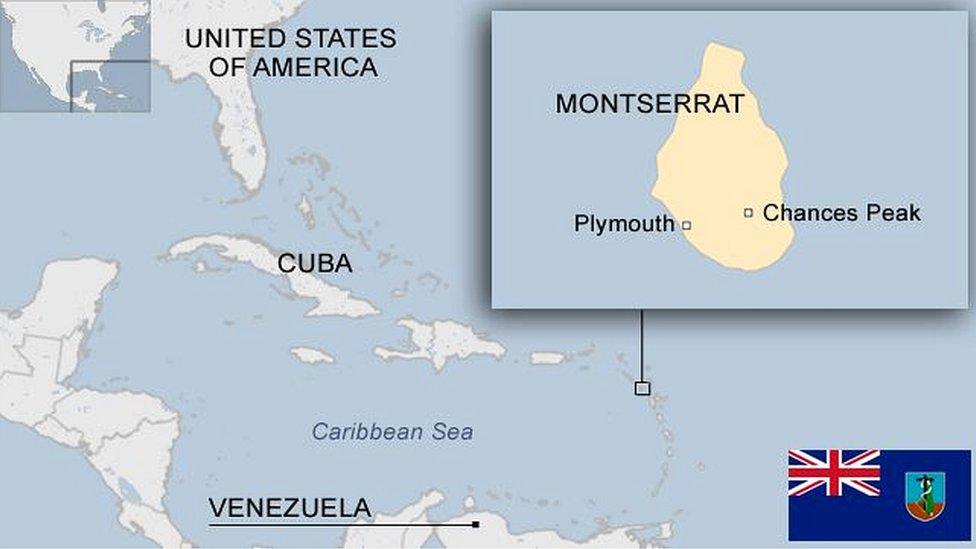British Virgin Islands profile
- Published
This page is no longer being updated. It was last updated on 27 March 2023

The British Virgin Islands, or BVI, comprise more than 40 Caribbean islands and islets with subtropical vegetation, white sandy beaches and coral reefs.
The British overseas territory forms part of an island chain, alongside the neighbouring US Virgin Islands. Tortola, the largest of the 16 inhabited islands, is home to more than three-quarters of the population.
Named by Christopher Columbus in 1493, the islands were initally settled by the Dutch. They became part of Britain's Leeward Islands colony in 1872, gaining a limited degree of self-rule in 1967. A new constitution adopted in 2007 established a greater degree of self-government.
Tourism and offshore finance dominate the economy, with financial and business services accounting for nearly half of the islands' GDP.
A huge leak in 2016 of documents known as the "Panama Papers" revealed the islands to be the most popular tax haven by far with clients of the Panamanian law firm, Mossack Fonseca. The leak threw new light on how the rich and powerful hide their wealth and caused a global stir. Further revelations were made in the "Paradise Papers" in 2017.
Read more country profiles, external - Profiles by BBC Monitoring, external
BRITISH VIRGIN ISLANDS: FACTS
Capital: Road Town
Area: 153 sq km
Population: 30,030
Language: English
Life expectancy: 77 years (men) 81 years (women)
LEADERS
Head of state: King Charles III, represented by a governor
The governor is responsible for external affairs, defence, internal security, public services and the administration of the courts.
The territory has a ministerial system of government. Elections to the 13-member Legislative Council are held every four years.
MEDIA
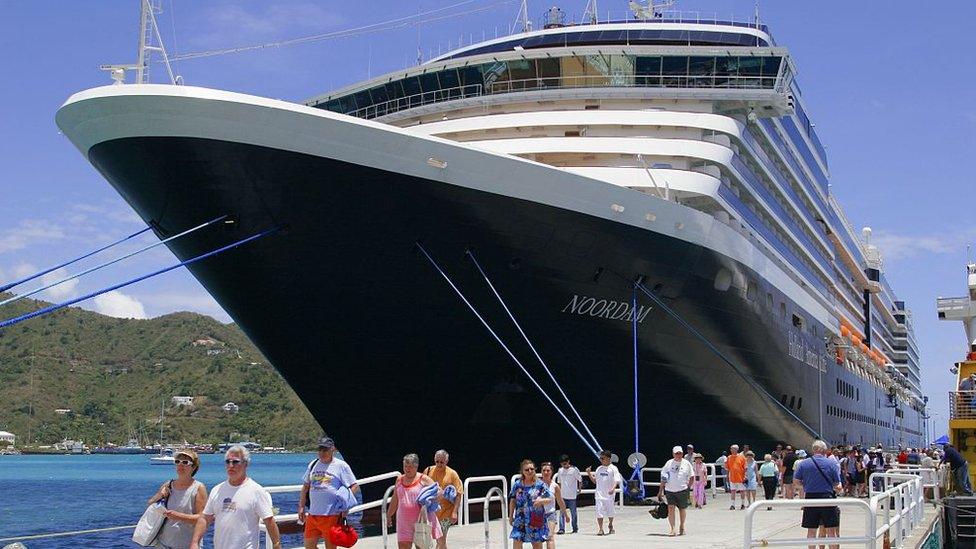
Tourism and offshore finance dominate the economy
There are no public broadcasters based in the BVI; the TV station and radio stations are operated by private concerns.
TIMELINE
Some key dates in the history of the Virgin Islands:
1493 - The first European sighting of the islands by Christopher Columbus on his second voyage to the Americas, who gave the islands their modern name.
16-17th Centuries - English, Dutch, French, Spanish, and Danish all struggle forf power in the region.
1648 - Dutch established a permanent settlement on the island of Tortola.
1672 - English capture Tortola from the Dutch and annex Anegada and Virgin Gorda in 1680
1672-1733 - Danes gain control of the nearby islands of Saint Thomas, Saint John and Saint Croix (the modern US Virgin Islands).
17-18th Centuries - British introduce sugar cane as a main crop and forcibly transport large numbers of slaves from Africa to work on the sugar cane plantations.
c. 1850 onwards - Islands suffer economic decline following the abolition of slavery in the British Empire in 1834, a series of disastrous hurricanes, and the growth in the sugar beet crop in Europe and US.
1917 - United States buys the Danish Virgin Islands for $25m, renaming them the United States Virgin Islands.
1959 - Economic links with the US islands sees the British Virgin Islands adopt the US dollar as its currency.
1960 - British Virgin Islands gained separate colony status
1967 - British Virgin Islands become internally politically autonomous under the new post of chief minister.
1960s onwards - The islands diversify their economy away from agriculture towards tourism and financial services, becoming one of the wealthiest areas in the Caribbean.
2007 - A new constitution establishes a greater degree of self-government.
2017 - Islands hit by Hurricane Irma, killing four and causing widespread damage.
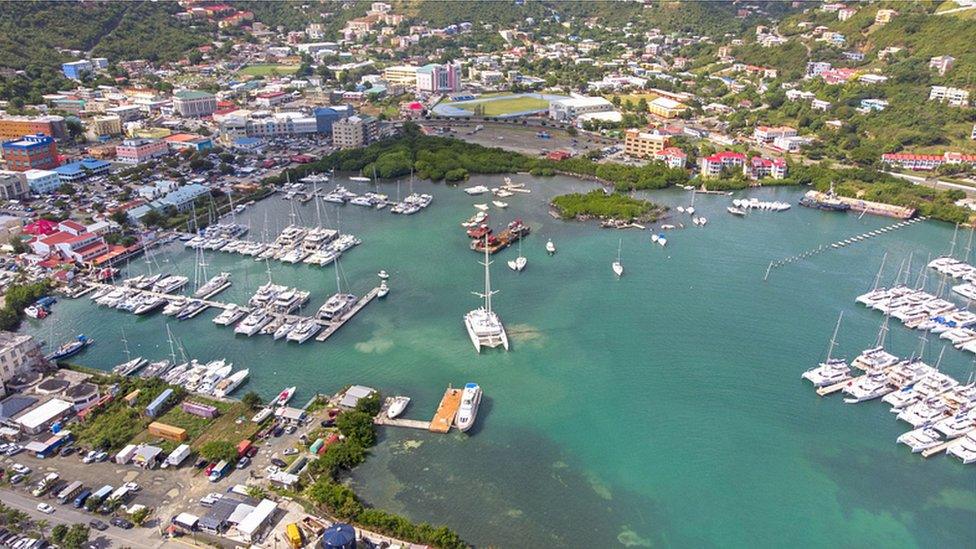
Tourism and offshore finance dominate the economy
Related topics
- Published11 September 2023
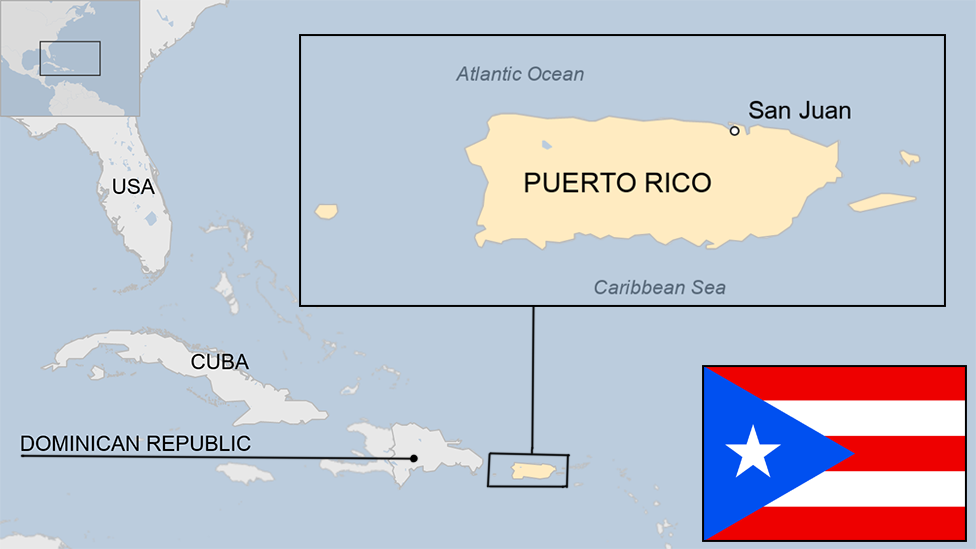
- Published25 August 2023
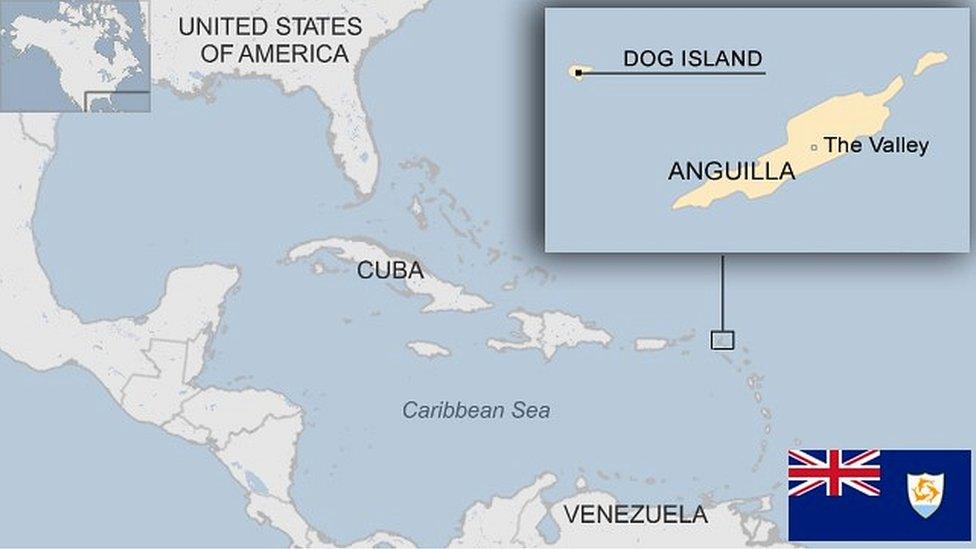
- Published28 August 2024

- Published25 August 2023
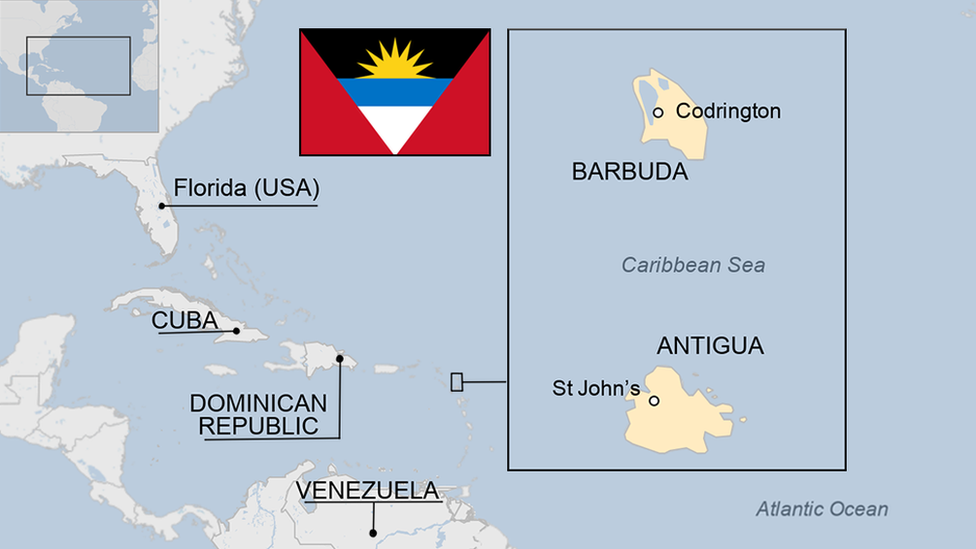
- Published29 August 2023
